Sci-fi Interfaces That Are Close To Future Reality


The new year is right around the corner. I have some great ideas for future articles on design and technology, but I don't want to be too techy in these holiday times. So this one is about Sci-fi movies. I'm kidding, actually. It's still about interfaces, but I decided to summarize and share my thoughts on interfaces we see in Sci-fi movies, and I believe some of them will emerge soon or already appearing these days.
Assistive Interfaces
I'm going to start with interfaces that make complex tasks easier, help make decisions fast, and automate our processes.

It has everything on the windshield. I don't know if this is 100% correct for the UI to interfere with the basic visibility of objects outside the car, especially at high speeds. However, when we have displays integrated into windshields, the whole process of driving will be different and perhaps automated. So the only thing we'll be taking care of is decision-making on a high level like go there, pick up someone, etc.
Now, compare it to the most technologically advanced car that is most commonly used nowadays, at least as I know.

You have several screens where you can see the information related to your ride, you can control things and even do things not related to car settings, like phone calls and music, but you always need to switch your focus on different things. You need to watch for the traffic and everything on the road, switch to the screen behind the steering wheel, then switch to the screen with central controllers of the car on the right below, which is distracting. It's way better to have everything in one place, but the question is how to make things do not interfere with each other.
Anyway, is it something that is real and can be applicable soon? Well, see-through displays are emerging technology, and you can already find prototypes on the Internet. There is a new trend that is taking technology to new heights. Samsung and LG have announced transparent displays.

So, I believe we'll have screens and interfaces similar to Quantum of Solace, where the glass is being used to show all the necessary data for a specific task.
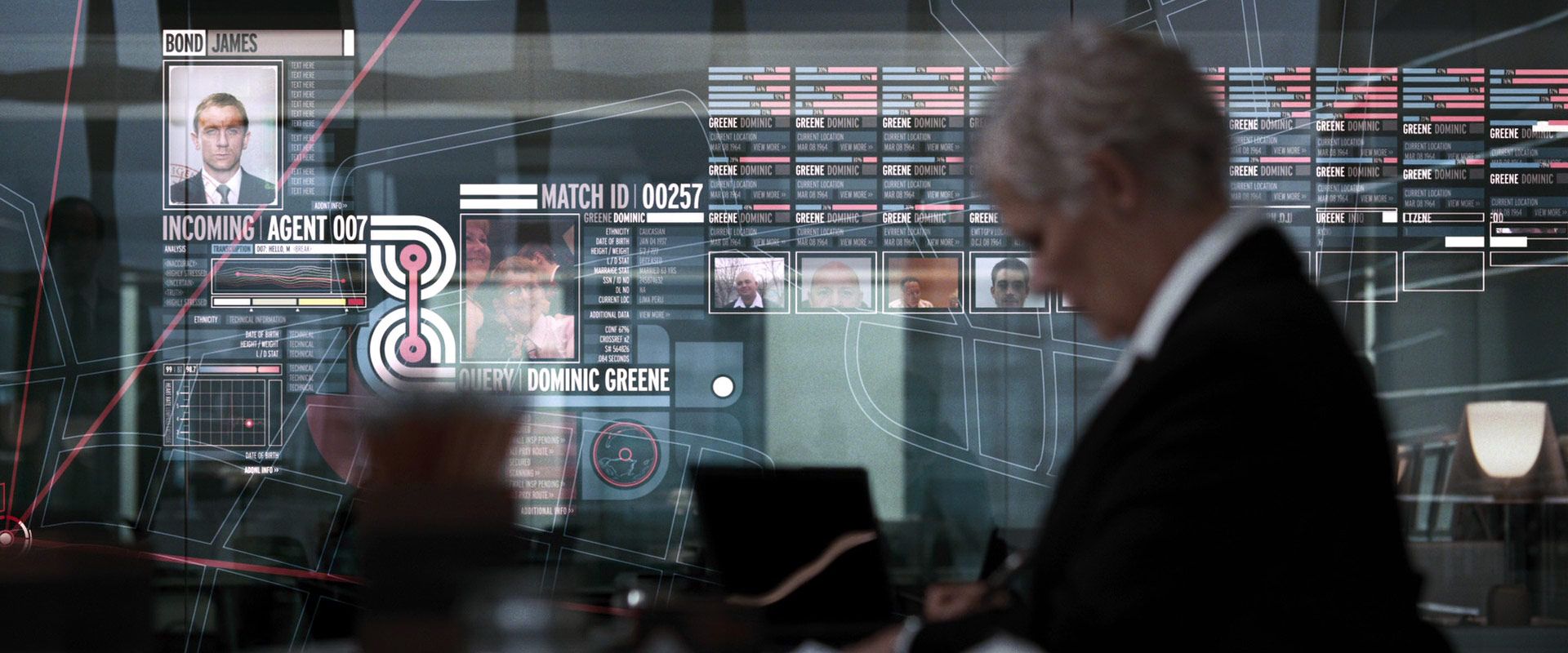
Having all this space is very convenient. You don't have to switch back and forth between the screens to see all the levels of data or even to start searching for something related. Moreover, you can see things more realistic and connect the dots much quicker than having a portable screen that shows you all that info on a small screen.
Let's check another example with Cryo pod from Prometheus movie. I don't know if cryo technology is something that we'll be having soon, but I think it's a great idea to show a layer of information about a patient on a glass cap.

Another area where I see it can be applied is AR. We already have some good examples of AR apps like Ikea that help understand if an item fits well into a space you have before buying it.

Often, people can easily buy a piece of furniture and then return it because it doesn't fit. So the app improves IKEA's customer experience with this new technology.
Having an informational layer on top of your physical space can be useful for sure, moreover, if you can interact with it and make some adjustments as a demo.
Moreover, AR glasses are coming to market as well. Here is an example product I stumbled upon about a month ago on Producthunt.
Spacious Workstations
There are 2 trends that I have noticed lately. One is being minimalistic and mobile. Basically, do everything from your laptop and smartphone, use cloud solutions, etc. Another one is to set up whole rooms, offices in a way that it's highly functional.
Take a look at a couple of examples from the Oblivion movie.

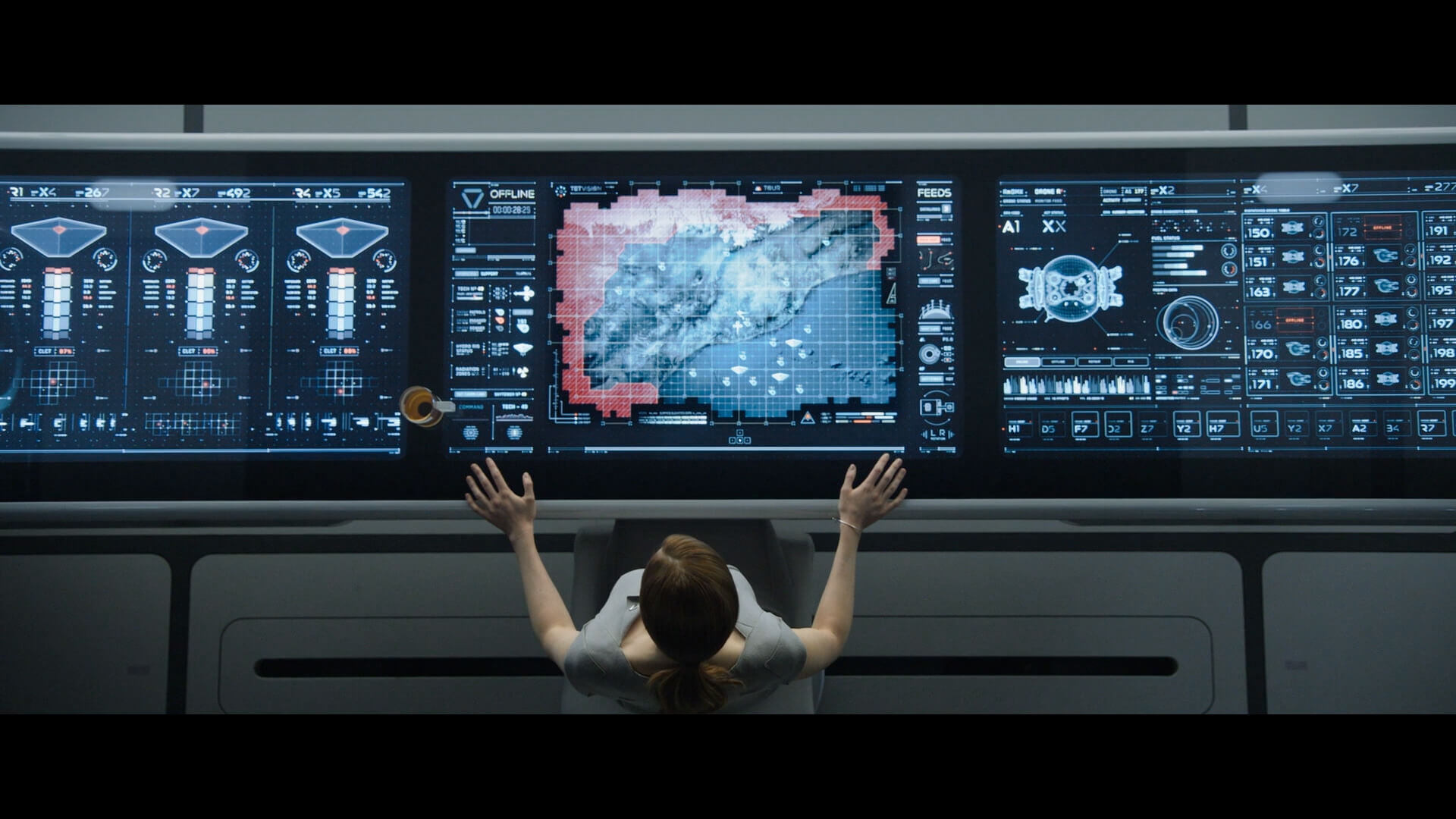
It's minimalistic somehow, but of course, it's a fixed place where all the work can be done.
Please take a look at a couple of examples of fixed workplaces I found on Instagram.

It explains that we are ready to use as much space as possible to have all that we need in front of us. And we have emerging technologies like see-through screens and larger screen panels with huge resolutions. So I think that the current design trend for portable screens will be mixed with UIs for large workspaces and labs. That will probably be a different workflow for designers to do interfaces for those purposes because it's more about design systems and modularity.
We'd probably have some big tables with AR projection to understand better what we do and see things from a different point of view, similar to this screenshot from the Avatar movie.
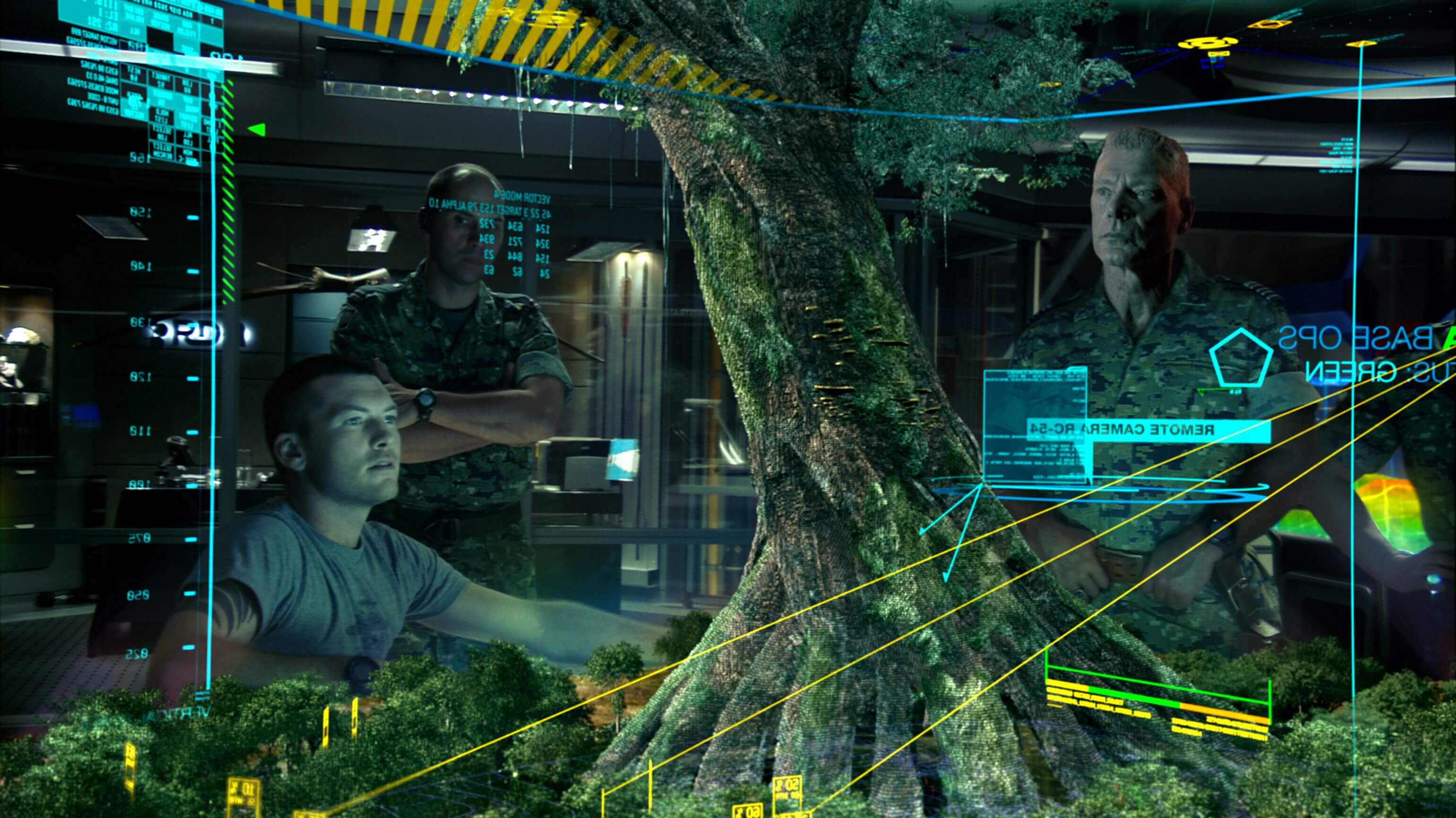
Along with the projection of objects, it makes sense to have an informational layer and controls to change these layers, to make a configuration of the view, so to speak.
Dark And Transparent Interfaces
It's not that easy to design a dark interface if you go into technical details and real use cases. I think it's even harder to do so for transparent screens.

You can find studies and feedback of people who prefer dark interfaces for their work, and it makes perfect sense.
Dark text on a light background is more often used for better readability and focus during the day. Also, this experience was transferred from print materials decades ago. However, the more time we concentrate on reading or writing in front of a screen, the more straining it becomes for our eyes. That's why lots of programmers switch to light text on a dark background.

Design software also has a dark interface 50% of the time. It's different from code editors. Because we design different things and most of the time it's for our present needs. So we create lots of light stuff.
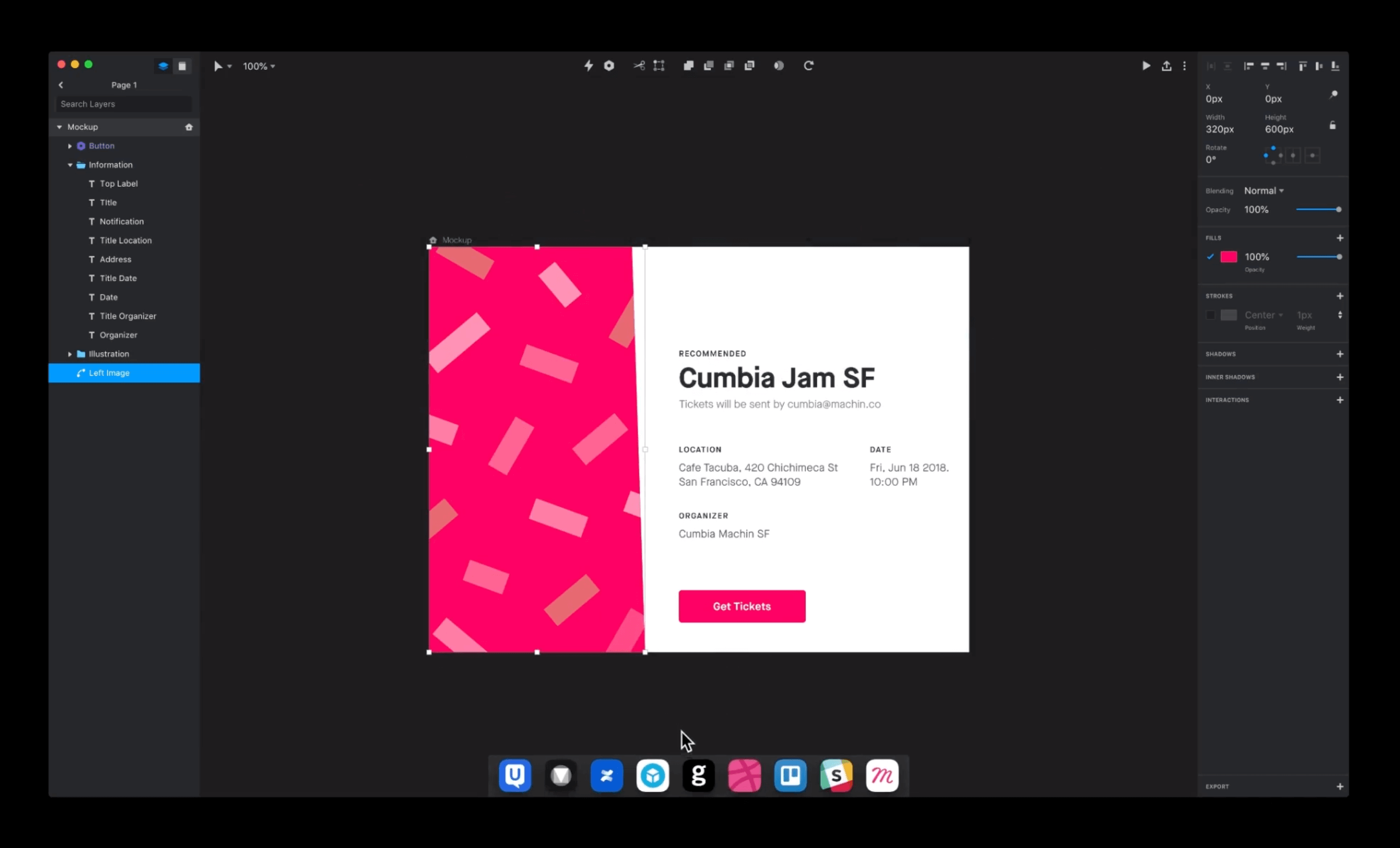
I believe soon we'll have dark and transparent interfaces most of the time. So we'll be switching more into dark editors.
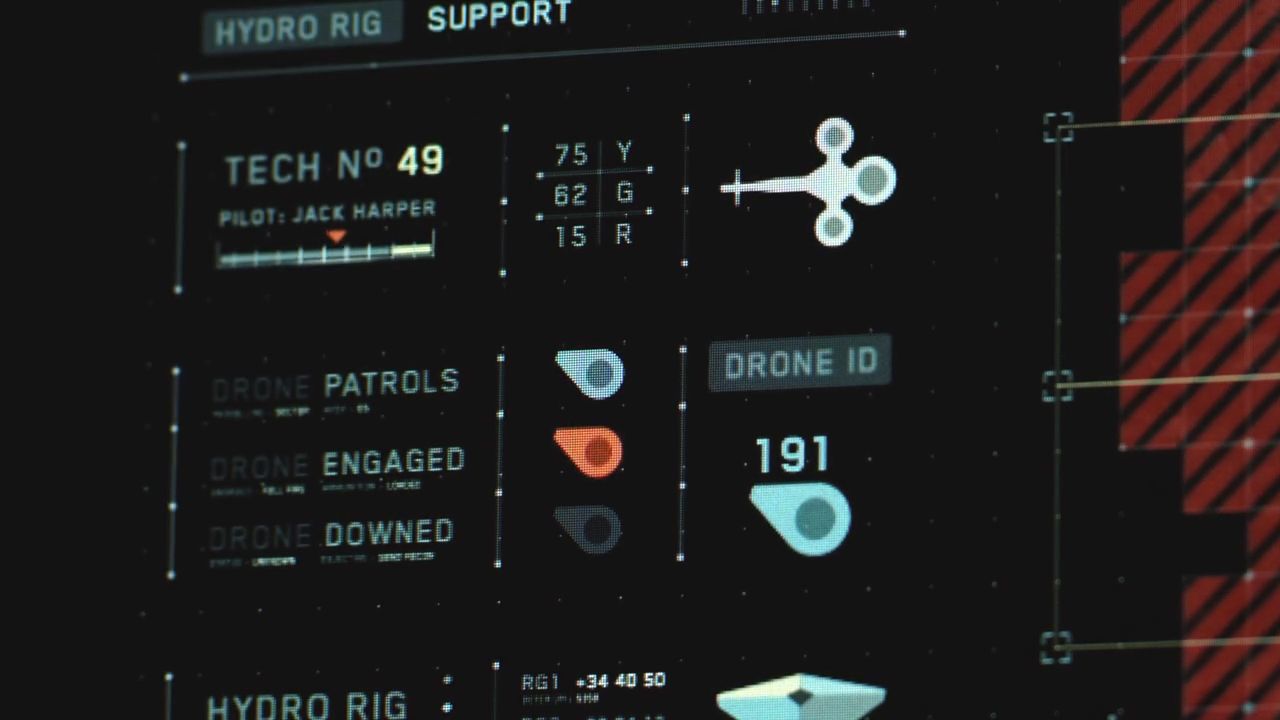
The ideal case is when we can have both: light and dark modes. Like Apple did with Mojave OS. It's not perfect yet, but it's a massive step into the growing trend.
We have to take into consideration the user's environment when an app is used. Often users tend to use some of the apps later in the day or a room with dimmed lights. It's physically hard to adjust their vision between a bright screen and a darker environment. It leads to strained eyes.
Also, it might be more energy-efficient to use dark UI with OLED screens that we already experience with the latest smartphones and smartwatches.
Voice interfaces
Last but not least is voice interfaces.
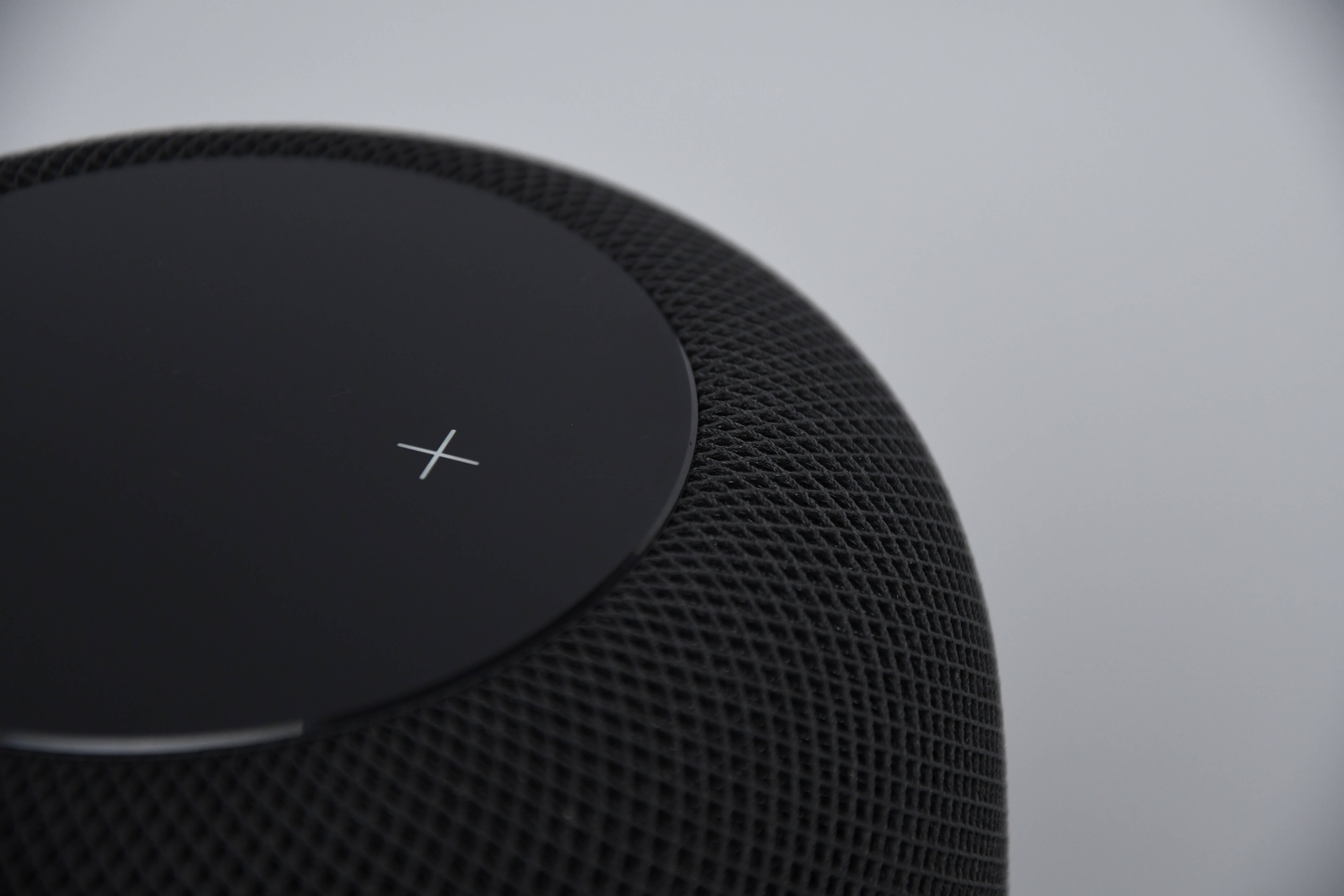
Nowadays, we have several popular examples of voice interfaces, such as Siri, Google Assistant, and Alexa. But that's more oriented on the consumer's segment of users. I believe this will be improving, and we'll be able to make commands and quickly get what we want without interacting with visual interfaces and being distant from screens.
Also, we'll see a great combination of voice interfaces with visual UI that will serve as an additional layer to consume and understand information more quickly and efficiently.
There is still a lot to say and research on future design trends and concepts, but I'd rather make it an open topic. Things change so fast, so you never know what's gonna be trendy in the next month.
On that note, I want you to be inspired and experiment with these concepts in your free time. This is something that I'll be doing more in the next year. Oh, by the way... Happy holidays!